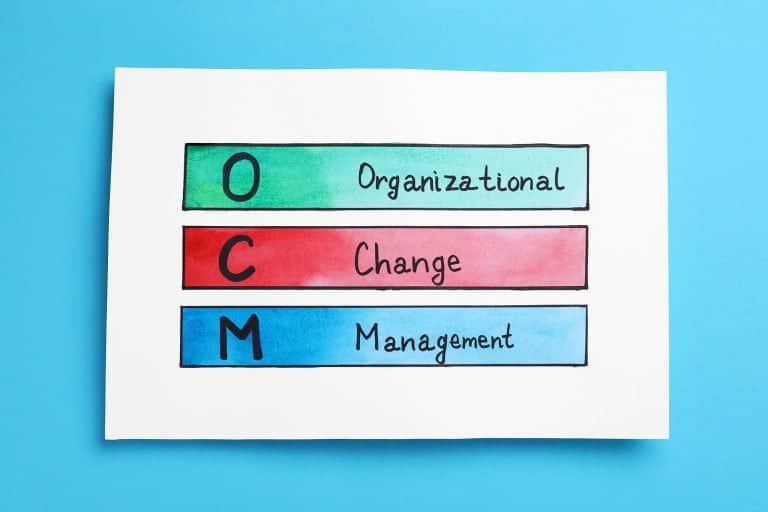How can a project specification document keep a project on track? Here’s one perspective.
Table of Contents
ToggleIt was just another day at work while I was sitting on my system and looking at the emails. Basically, the leads I was assigned for the day.
I paused seeing those one-liner queries, placed plainly in the form of a requisition of an app similar to one of its famous equivalents. For example, this one read, “I want to build a social media app for sports.”
This was certainly the most straightforward way to put across his requirement, but this is a distressing situation for someone like a technical team member or me. It’s similar to asking a chef to prepare a five-course meal similar to a renowned eatery without giving him a hint about the guests’ preferences.
So, what do I do?
Start preparing a feature list all by myself or at times with the aid of a technical team member. After checking through similar apps and using the experience of some comparable projects worked on earlier, I throw the dart in the mist.
In most of these scenarios, the result is a dish served that can’t meet the dinner’s expectations, proving to be a disappointment to both parties. This is why I want to highlight today the importance of a specification document and how to prepare one.
Everyone in the business domain is grasping the essentiality of Agile Team Work during the product delivery process. On top of it, we shall talk about one more prominent aspect of specifying project documentation at the initial stage itself.
So, when you have a product idea in your mind, basically in the inception stage, you have already considered these four things:
However, if these are not stated clearly when approaching a vendor, there are high chances of misunderstandings; and you might end up hiring the wrong service provider while a worthy one may slip from your hands.
Potential Problems You Could Face Without a Project Specification Document
Without a proper project specification document, you will never explain to the business or the technical team what your expectations are.
Everyone in the business domain is grasping the essentiality of Agile Team Work during the product delivery process, but here we talk about one more prominent aspect of specifying project documentation at the initial stage itself.
For instance, you might be looking for a mobile app similar to a leading cab service, and this is all that you state in your first mail to the vendor.
With an unspecified document the vendor stays clueless about:
Stuck amidst so many queries, he ends up giving you a quote based on numerous assumptions. And you might simply reject it, saying it is ‘High Priced’ or doesn’t meet your expectations.
Well, to those who state pricing as the reason, I want to say plainly, without being rude, “Quality Comes at a Price”. And to those who are not satisfied with the quote or feature list provided, even more politely, I want to ask, “Was I provided the proper materials or dossier to give you a satisfying reply?”
You might feel that this is coming from an irritated sales guy who has not been able to complete his targets. But I am not the workman who hates his tools; hence no reason to blame. I am in deep love with my profession. This is the reason I want to highlight the issues that my kind faces.
The Right Way to Create a Project Specification Document
Well, if you are a non-technical person with hardly any knowledge of preparing a Business Requirements Document or BRD, there’s little reason to blame. Most importantly, it would be best to consider that your technical team is sitting offshore; hence, any gap in your specifications can lead to a more significant misunderstanding than you imagined.
However, simply jotting down your requirements and expectations does not make a proper Project Specification Document.
1. Functional and Non-functional Requirements
Functional Requirements include the features to be incorporated in the website, the types of users, and the admin. For instance, in the case mentioned above of a sports social media app, you need to mention whether the registration will be free for users; the posts can include images or videos; can they customize the look of their pages based on some personalized themes etc.
While the non-functional requirements include security, customization, responsiveness, size and types of fonts, time to market, etc., basically those components that indirectly affect your product, nevertheless, that doesn’t make these any less important.
2. Introducing the Team to Connect with on Your Side
Mentioning the names of people responsible for clarification on any of the stated requirements is also crucial. The business or the technical team can arrange a call with them if any query arises.
However, when mentioning functional and non-functional requirements, I can’t help pointing out the difference between business and applicable requirements, which you can read in this blog.
Benefits of Creating a Project Specification Document
It is clear by now what benefits a Project Specification Document will provide, yet it is not only for the vendor but for the client too. It helps clarify the functionalities that can be integrated and those that might not be practical in the long run. Hence it can be done away with or substituted.
For the business team
Moreover, with a properly specified document in hand:
1. The sales and the technical team will be able to give you a proper cost estimation and the deadline for completing the project. Therefore, if you were about to settle for a vendor who quoted you lesser than others, you can give a second thought considering the features and functionalities mentioned in the specification document.
2. The business team will give you befitting suggestions about which platform and/or technology will best suit your budget and business.
For the technical team
The developer or the coders are usually programmed to carry out what has been aligned and quantified.
1. In scenarios where the prerequisites are not stated, the coders often stay confused and in turn, focus on sticking to the deadline and delivering what they can make out from the meager details shared.
2. Better wireframes and prototypes can be shared with the aid of a planned project document only
However, once you have clearly stated your expectations and technical requirements to them, they will be glad to take the pains of providing the best to you.
Conclusion
There is still another way to get these specifications calculated and computed; you can hire a Business Analyst to do this job for you. Project specification is the preliminary step that comes even before the SRS or Software Requirement Specification. Although people do not count it as a formal process, considering the rising demand for enterprises planning to go digital, you need to start being more explicit in stating their project specifications.




